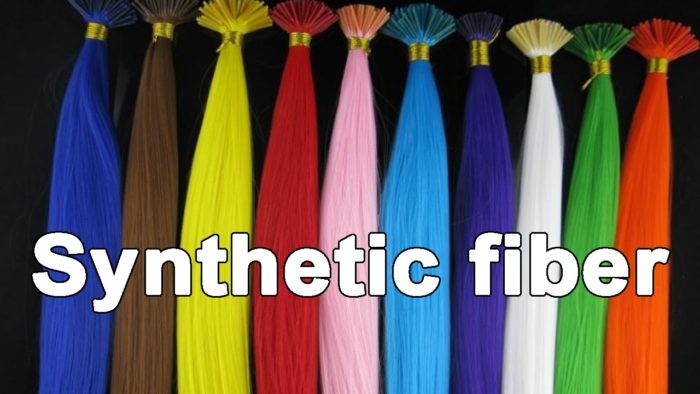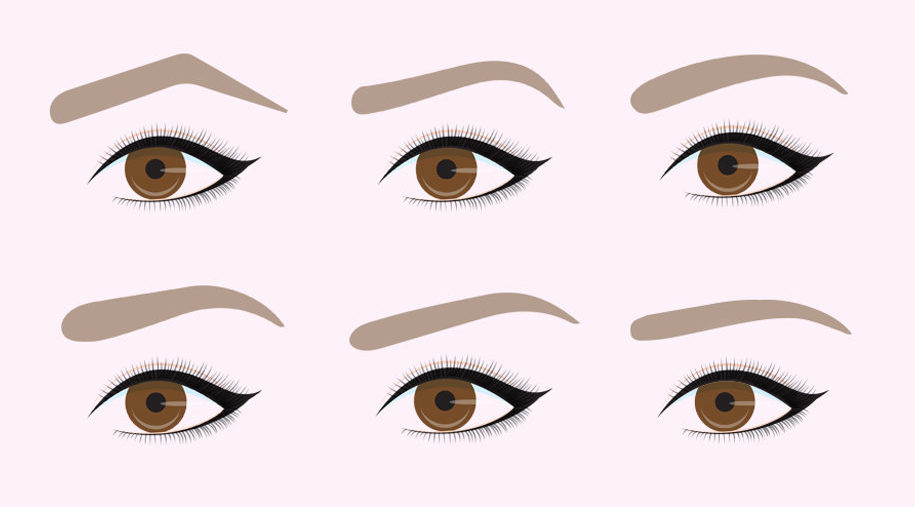The synthetic fabric is a man-made material that imitates natural fabrics in many ways. It is usually made from chemical compounds derived from oil. However, this material has some disadvantages as well. These include its cost and its low insulating qualities. If you’re looking for a comfortable, affordable fabric, then try a synthetic fabric. There are several advantages to choosing a synthetic fabric over a natural fiber, including durability, ease of care, and price.
Compared to natural fabrics, synthetics lack the breathability of cotton and other natural fibres. Because they don’t absorb moisture, they can be uncomfortable on the skin. If you put one of these fabrics on fire, they emit a chemical smell and leave behind molten beads. This residue can stick to your skin while wearing it, so be sure to avoid this type of fabric. Despite the many benefits of synthetic materials, the US military considers them a potential burn hazard.
Another disadvantage of synthetic fabrics is their long shelf lives. These materials take over 200 years to decompose in landfills. While these materials may not be harmful to human health, they are not environmentally friendly. The synthetic fabrics used in clothing contain nitrogen and PU in their structure. When burnt, these substances release cyanide and hydrogen. These gases are toxic, but they’re also extremely unnatural and can’t decompose in a landfill.
Synthetic fabric fibers are made to mimic the properties of natural fibers. This means that they will usually have the same names, but they’ll have different fibres. Whether you choose wool, cotton, or other natural fibers, you’ll be sure to find something that suits your personal style. Just be sure to check the label carefully to avoid accidentally getting the wrong thing. It’s not impossible to tell the difference. This article will give you some tips on choosing a synthetic fabric.
There are several advantages to wearing a synthetic fabric. First, they are sustainable, as they’re made of natural fibers. Secondly, they’re hypoallergenic. They can be worn in the kitchen, laboratory, and other environments where heat can damage the material. In short, synthetic fabric is the best choice if you’re concerned about the environment. If you’re considering a new fabric, think about its sustainability and environmental impact.
While synthetic fabric has some advantages, it’s best to avoid its negative side effects. Although it’s not a natural fiber, it’s made of plastic and can become damaged by excessive heat. In addition, synthetic fabric has many disadvantages, but it’s easy to replace a natural fiber with a synthetic one. If you’re in doubt, read this article to learn more about synthetic fabrics and their pros and cons.
Acetate is a lightweight synthetic fabric that has a lustrous surface. It is similar to viscose, but is not biodegradable. It is used in lingerie and linings. If you’re using acetate, make sure you wash it dry. It can also be ruined by heat, so it is best to keep it away from these areas. The disadvantages of synthetic fabric are too numerous to mention here.
The disadvantages of synthetic fabrics include their poor environmental performance. They are not a sustainable product. They should be washed responsibly and be recycled once they’ve reached their end-of-life. In addition, they are not durable. They can be expensive to produce and require careful attention. If you’re buying a synthetic fabric, you should also know that its quality is largely determined by its price. By buying a cheap, second-hand version of the fabric, you’ll get it for an affordable price.
While it’s true that synthetic fabrics have a long history, it is still worth questioning its environmental impact. The tiny plastic particles in synthetic fabrics travel down the drain and end up in waterways, causing pollution. This can be dangerous if you’re not aware of the problem. Aside from this, synthetic fabrics are not only harmful to your health, but they can also harm the environment. The environment doesn’t need the additional burden of toxins and a flimsy fabric.
The advantages of synthetic fabrics are plentiful. They’re waterproof, elastic, and wrinkle-free. They’re also flame-resistant and waterproof. These characteristics, along with the fact that they’re eco-friendly, make them a popular choice for many consumers. They’re also great for the environment. If you’re worried about environmental impact, you’ll want to avoid wearing these fabrics. They’ll save you money in the long run. Check out Create Fabrics for all your fabric needs.









